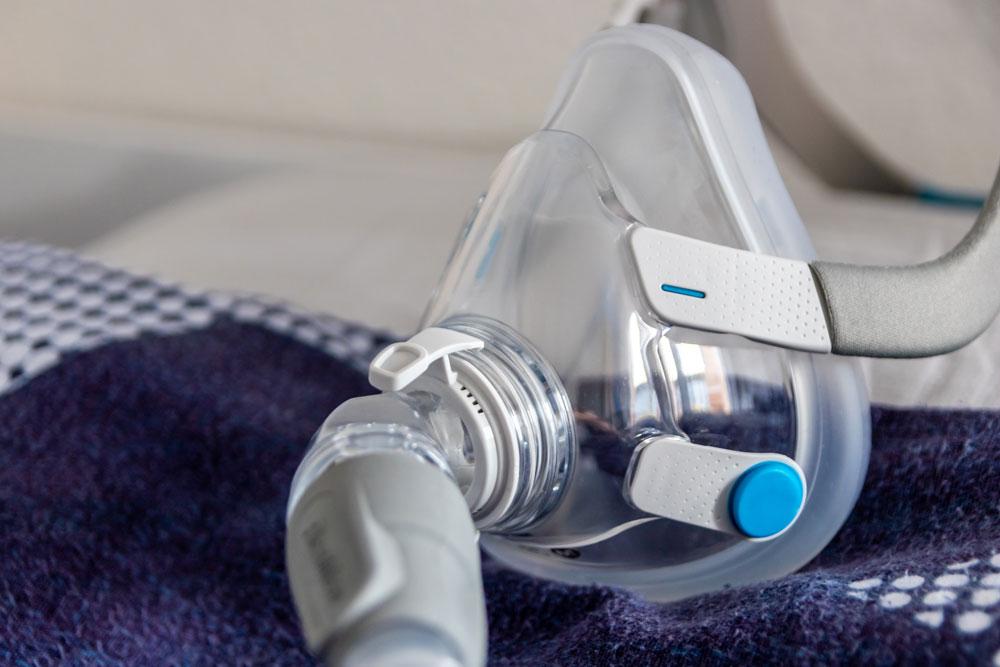The UK’s most significant procurement overhaul in a decade has now come into effect, reshaping the supply of goods, non-healthcare services and works to healthcare bodies. Jan Cumming, legal director, and Viney Jhalley, associate, at Uk and Ireland law firm Browne Jacobson, explain the substantial changes in the Procurement Act 2023 for NHS trusts, independent providers and their suppliers.
The Procurement Act 2023 – which came into force on 24 February this year, some 16 months after receiving royal assent – marks a decisive break from EU-derived regulations.
The legislation establishes a unified framework encompassing public contracts, utilities, concessions and defence procurement across England, Wales and Northern Ireland, aiming to enhance efficiency, transparency and accountability.
The Act represents a fundamental shift in procurement objectives, moving beyond the traditional focus on equal treatment and non-discrimination. Instead, contracting authorities are now mandated to deliver value for money, maximise public benefit and act with integrity throughout the procurement process. They must also consider how procurement can increase participation from SMEs and support broader social, economic and environmental objectives.
For healthcare organisations, this requires a recalibration of procurement strategies to balance cost-effectiveness with these wider considerations.
National Procurement Policy Statement: a strategic framework
To guide implementation of the Act, the government has published the National Procurement Policy Statement (NPPS), outlining strategic priorities for public procurement. Healthcare organisations must have regard to the NPPS and will need to demonstrate this consideration during procurement exercises.
The NPPS establishes several key priorities that directly affect healthcare procurement:
Economic growth and innovation:
Healthcare organisations are expected to create opportunities for small businesses and social enterprises while supporting high-quality employment with fair wages. The focus on fostering innovation and emerging technologies aligns with the NHS’s drive to embrace digital transformation and innovative healthcare solutions.
Environmental sustainability:
A central focus is how goods and services procured by public bodies can support the acceleration towards net zero. Healthcare organisations must prioritise green technologies and implement rigorous environmental standards in their procurement activities, contributing to the nation’s ambition to become a clean energy leader. This is particularly relevant as the NHS works towards its commitment to reach net zero carbon emissions.
Community development:
The NPPS emphasises strengthening community cohesion through procurement practices. Healthcare organisations should structure their procurement to facilitate employment opportunities for disadvantaged groups, supporting safer and more inclusive communities. This aligns with the NHS’s focus on addressing health inequalities and promoting inclusive healthcare delivery.
Supporting the NHS:
The statement explicitly recognises the role of procurement in supporting physical and mental wellbeing through high-quality employment. Healthcare organisations must consider the health impacts of their procurement decisions on both their workforce and the broader community, reinforcing the connection between employment practices and public health outcomes.
Practical implementation for healthcare organisations
The government has updated the Sourcing Playbook alongside the NPPS, introducing a new public interest test to enhance procurement effectiveness and value for money. Healthcare organisations must carefully evaluate whether services should be outsourced or delivered in-house, ensuring optimal use of public resources.
The framework places increased emphasis on supporting small and medium-sized enterprises (SMEs) and voluntary, community and social enterprises (VCSEs) while building robust commercial capabilities, particularly in contract management.
The distinction between healthcare services and other services
Healthcare organisations must navigate the complex interplay between the Procurement Act and the Provider Selection Regime (PSR) – which came into force in England on 1 January 2024 as part of the Health Services (Provider Selection Regime) Regulations 2023 and in Wales on 24 February 2025 via the Health Services (Provider Selection Regime) (Wales) Regulations 2025.
The PSR covers the procurement of healthcare services, aiming to give relevant healthcare authorities greater flexibility by streamlining the competitive tendering process.
However, the PSR does not apply to goods or non-healthcare services, such as electronic or technology services, medicines, medical equipment and social care, unless they are part of a mixed procurement. These goods and services fall under the regular procurement regime established by the Procurement Act.
When planning a procurement strategy, healthcare bodies need to determine whether the solution to be procured is purely a healthcare service or not. This classification is crucial as it determines which procurement regime applies.
For mixed procurements involving both healthcare services and non-healthcare services, such as technology services or social care services, the PSR may apply if two criteria are met: the main subject matter of the contract is in-scope healthcare services and the authority believes the other goods or services could not reasonably be supplied under a separate contract.
One approach to determine whether the main subject matter is “in-scope” is to assess value. If the healthcare services component is higher in value than the non-healthcare goods or services, and one cannot be provided without the other under the same contract, then the PSR could apply.
Enhanced transparency and reporting
Transparency requirements have been substantially enhanced under the Procurement Act. For contracts exceeding £5m in England, there’s a new obligation to publish at least three key performance indicators (KPIs) and regularly assess supplier performance against these metrics.
Healthcare organisations will need to adapt to new requirements for publishing procurement documentation and contract performance data. Mandatory disclosure requirements for contract changes and modifications, along with increased emphasis on supply chain transparency throughout the procurement process, will create additional administrative responsibilities.
Supplier performance should also be regularly assessed against these benchmarks and those that perform badly – as well as those whose associated suppliers and subcontractors are not up to standard – may be placed on a central debarment list.
This makes them excludable on a discretionary ground from future public tenders and can lead to the termination of other public contracts.
Implications for suppliers to healthcare organisations
For suppliers to healthcare organisations, the Act creates significant opportunities while introducing new compliance requirements. Market access should be simplified through reduced administrative requirements and improved visibility of opportunities.
A new competitive flexible procedure – part of a simplification that moves from seven procurement procedures to three – enables more innovation within a procurement exercise.
This increases the opportunity for dialogue with buyers. Suppliers will have greater scope to demonstrate value beyond price considerations, which is particularly relevant for complex healthcare solutions.
The threat of being placed on a central debarment list means suppliers must ensure they can realistically meet KPIs, conduct due diligence on their corporate structure and those of supply chains to ensure compliance, and take advantage of feedback that contracting authorities are mandated to provide in order to challenge decisions.
Health technology suppliers should prioritise understanding how their offerings are classified under the new regime, reviewing marketing materials and standard contracts for compliance under the new regulatory framework.
Those providing mixed solutions that combine healthcare services with technology components need to be particularly attentive to how their services are categorised, as this will determine which procurement regime applies.
Ongoing considerations for healthcare organisations
With a new procurement regime now in force, healthcare organisations should take several key steps: develop procurement strategies that align with the national priorities outlined in the NPPS; embed social value considerations into decision-making processes; and support local economic growth through engagement with SMEs. They should prioritise environmental sustainability in procurement practices; build internal capabilities for effective procurement management; review and update internal processes to align with the new procedures. They should also prepare for registration on new digital platforms; develop enhanced reporting capabilities to meet transparency requirements; update document management systems to handle new requirements; and provide comprehensive training to procurement staff on the new procedures and digital platform usage.
The new procurement regime may bring short-term disruption, but it also provides a real opportunity for healthcare organisations and their supply chains to drive efficiency, innovation and value for money. To maximise benefits, everyone involved should familiarise itself with the Act and accompanying guidance.





